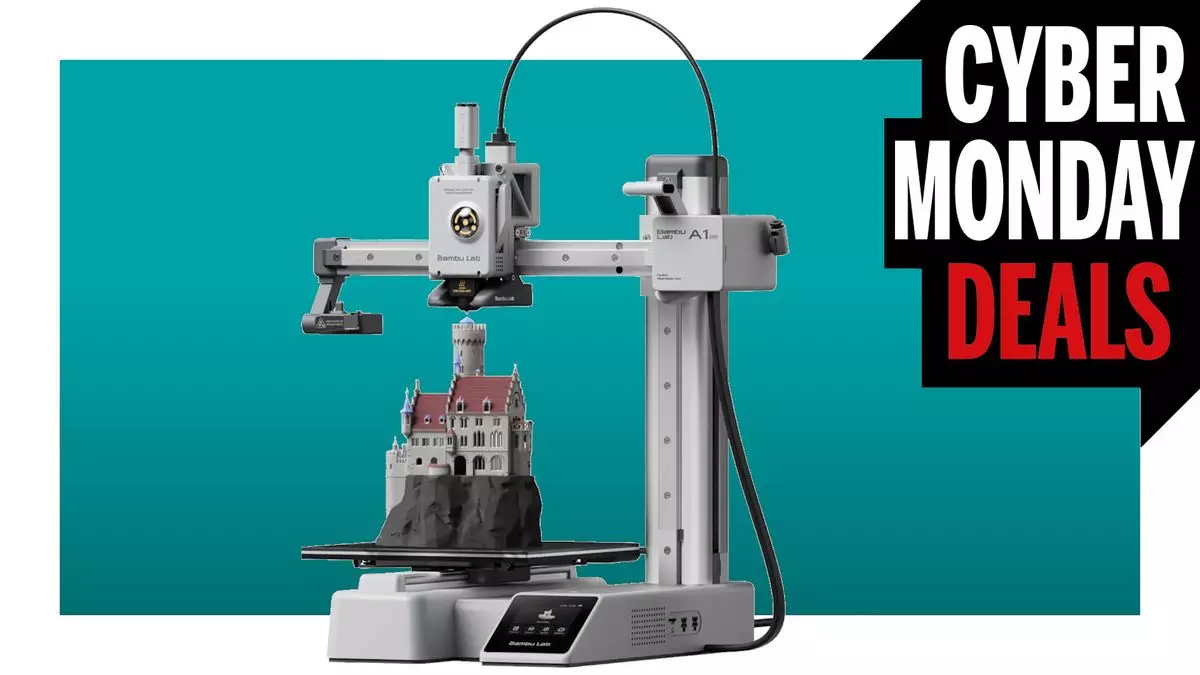Initially, 3D printing seemed like an impressive technology that belonged in the realm of engineering and design—something I observed with interest but never truly engaged with. But my perspective began to shift dramatically when my partner decided to immerse herself in this fascinating hobby. The Bambu A1 Mini, a compact printer with notable capabilities, caught our attention, especially during the enticing Black Friday discounts. It wasn’t just a gadget; it symbolized a new chapter in our creative exploration together.
Our introductory experience with 3D printing was not without its challenges. We began our journey with an Ender printer, a choice guided by its reputation as a beginner-friendly option. However, our initial excitement quickly dwindled as we encountered frustrating technical difficulties. 3D printers, notorious for their capricious behavior, often seem to be functioning while actually underperforming. This scenario led to our first realization: not all printers are created equal.
Even though my partner wanted to create intricate cosplay pieces, the limitations of our first printer impeded her progress. Prints would often fail or emerge with unsatisfactory quality, sparking both disappointment and a pause in her creative endeavors.
Fast forward to the moment she decided to invest in the Bambu Lab A1 Mini. The impact of this decision was staggering. The prints produced were significantly superior to those from our earlier machine, showcasing a level of precision and clarity that reignited her passion for creating. Projects that once felt daunting now turned into delightful endeavors. From quirky desk toys to intricate cosplay elements, the printer exceeded our expectations.
Another standout feature of the Bambu A1 Mini is its bundled AMS Lite attachment. This innovative addition is not a simple accessory; it allows for the simultaneous use of multiple filament types, enabling complex and colorful prints. This capability unlocked new creative avenues for my partner, allowing her imagination to run wild.
Despite its many strengths, the Bambu A1 Mini does have constraints. One noticeable limitation is its print bed size, which restricts larger projects. While it excels at printing smaller items—think of a two-liter soda bottle as the maximum—it prompts consideration for those looking to embark on more ambitious projects. For such desires, the standard Bambu Lab A1 offers a larger build area, and even the more advanced P1S model could be worth the investment for serious users.
Reflecting on this journey, it’s clear that the transition into 3D printing has not only brought forth a new hobby for my partner but has also transformed our shared experiences. The Bambu A1 Mini stands as a testament to the strides made in this technology, and as we continue to explore its capabilities, I find myself drawn deeper into this creative realm. The journey from observer to participant has been rewarding, and I eagerly anticipate where it will take us next in our artistic ventures.

